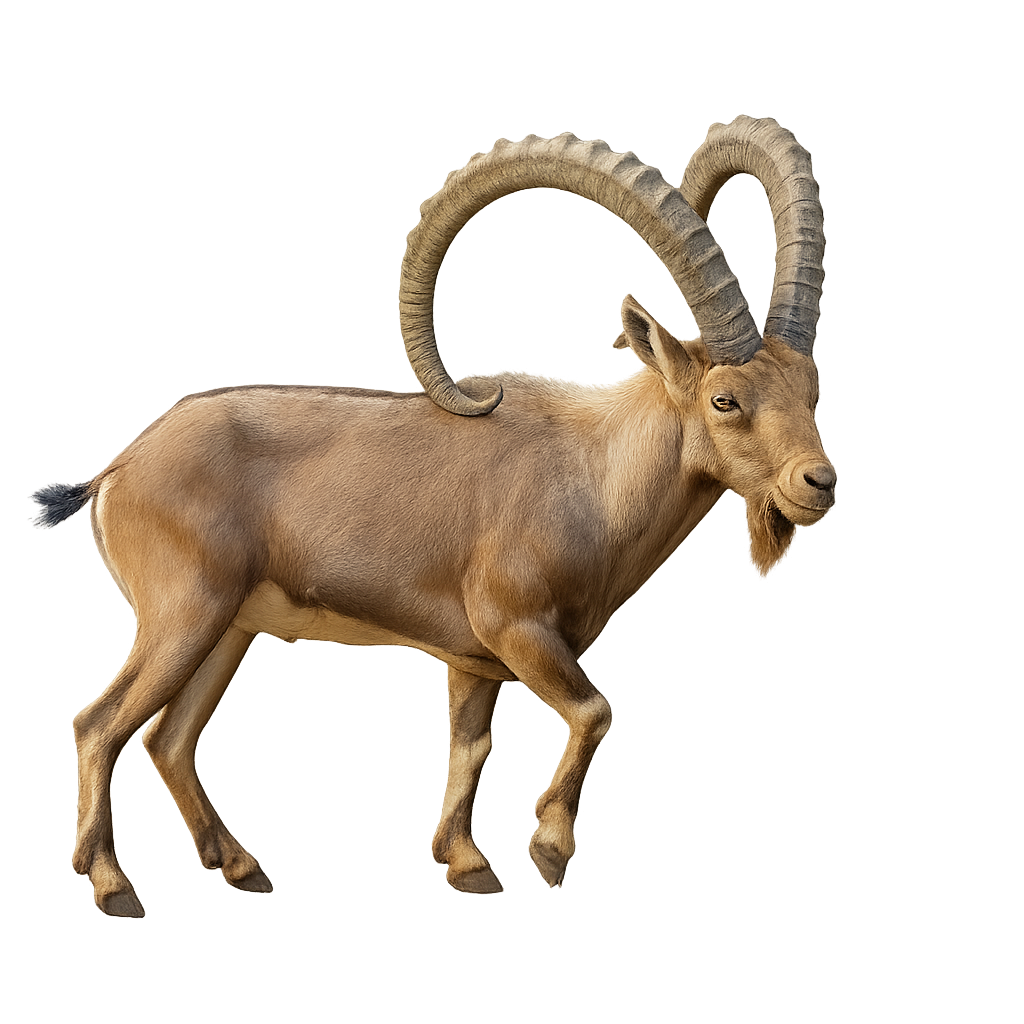Your wildlife photography guide.
Explore the nubian ibex in detail, study its behavior, prepare your shots.
Where to observe and photograph the nubian ibex in the wild
Learn where and when to spot the nubian ibex in the wild, how to identify the species based on distinctive features, and what natural environments it inhabits. The WildlifePhotographer app offers tailored photography tips that reflect the nubian ibex’s behavior, helping you capture better wildlife images. Explore the full species profile for key information including description, habitat, active periods, and approach techniques.
Nubian Ibex
Scientific name: Capra nubiana

IUCN Status: Vulnerable
Family: BOVIDAE
Group: Mammals
Sensitivity to human approach: Shy
Minimum approach distance: 50 m
Rut period: November to December
Gestation: 150-165 jours
Births: May to June
Habitat:
Mountainous regions, rocky deserts, cliffs
Activity period :
Primarily active during the day, with peak activity in the morning and late afternoon.
Identification and description:
The Nubian ibex, scientifically known as Capra nubiana, is a species of wild goat that inhabits the mountainous regions of the Middle East and North Africa. Adapted to arid and rocky environments, this caprid finds refuge and sustenance in these challenging terrains. Males are notable for their long, curved horns, while females have shorter, thinner ones. Their coat is typically light brown, providing camouflage against the rocky backdrop. Nubian ibexes are agile climbers, adept at navigating steep and rugged landscapes. They live in groups, often consisting of females and young, while adult males tend to be more solitary. Their diet mainly includes dry vegetation, grasses, and leaves.
Recommended lens:
400 mm – adjust based on distance, desired framing (portrait or habitat), and approach conditions.
Photography tips:
When photographing the Nubian ibex, it is advisable to use a telephoto lens of at least 400mm to capture detailed images from a distance. Nubian ibexes are often active during the day, providing good opportunities for natural light. Look for elevated positions to get interesting angles and be patient, as these animals can be shy. A tripod can be useful to stabilize your camera, especially when using long focal lengths.
The WildlifePhotographer App is coming soon!
Be the first to explore the best nature spots, track rutting seasons, log your observations, and observe more wildlife.
Already 1 429 wildlife lovers subscribed worldwide

